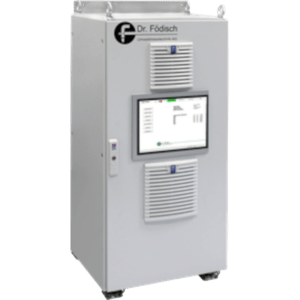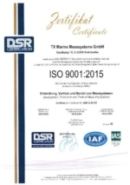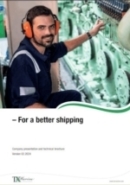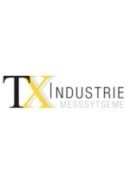Stationary emission measurement – Multi-component analyser system MCA 10 maritime
The importance of stationary emission measurement on ships includes:
Regulatory compliance: ensuring that ships comply with international and local environmental regulations to avoid fines and penalties.
Environmental protection: Reducing air pollution, protecting marine and coastal ecosystems and combating climate change.
Health and safety: Reduces health risks from harmful emissions for people in coastal and harbour areas.
Operational efficiency: Optimises engine performance and fuel consumption, resulting in cost savings and lower emissions.
Public image: Enhances reputation by demonstrating environmental responsibility and meeting consumer and business demand for environmentally friendly practices.
Technological advantage: Providing valuable emissions data drives innovation and development of clean technologies.
In summary, measuring stationary emissions is critical for regulatory compliance, environmental protection, health, efficiency, reputation and innovation.







